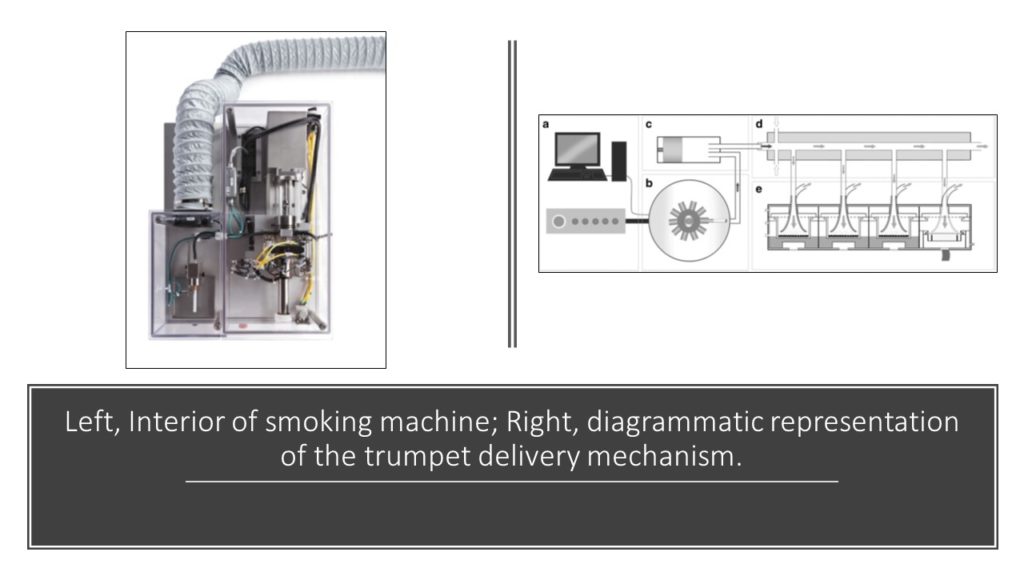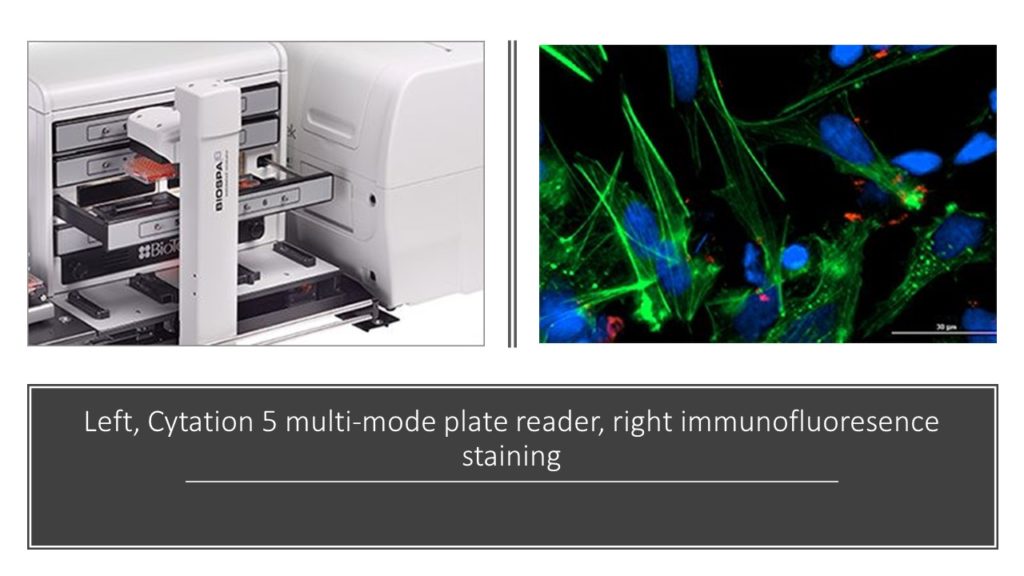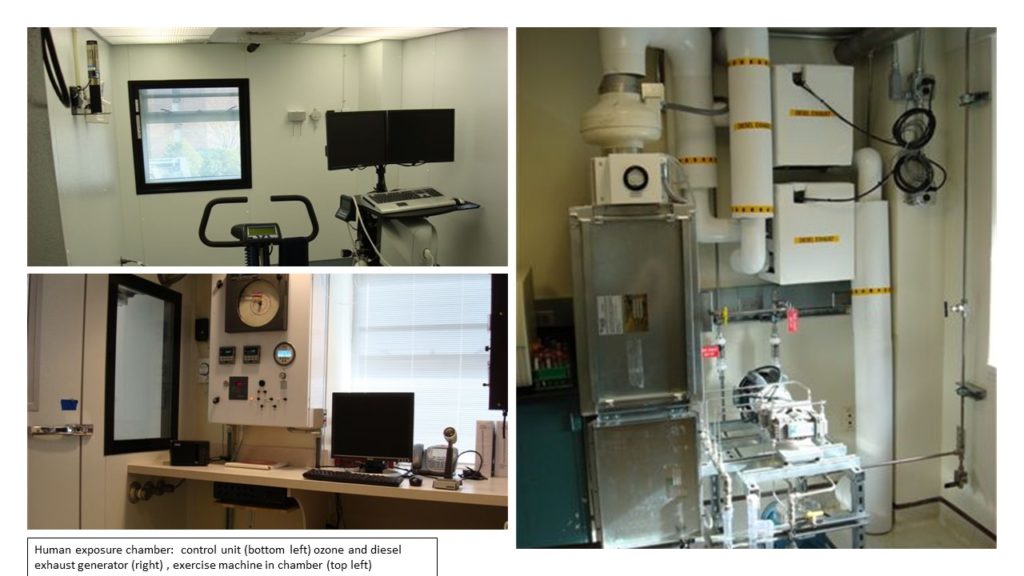Director: Anil Vachani, MD, MSCE
The CEET maintains extensive resources for both pre-clinical and human exposure studies, consisting of a state-of-the-art in vitro smoking machine, a recently acquired human cell imaging platform, and a human exposure chamber. These services can be used for pre-clinical and human studies to understand the relationships between exposures, adverse outcome and disease.
In Vitro Smoke Exposure System: The IHSFC maintains a state-of-the-art smoke exposure machine that can be programmed to mimic the smoking behavior of humans based on topography, i.e., puff frequency, puff volume and CO output. The Vitrocell VC® smoke exposure system allows for cigarette smoke and E-cigarette exposure to human cell monolayers derived from subjects with and without disease, human precision cut lung slices and organoids

Cell imaging: A new addition to the core is a Cytation Biotek plate reader that enables human live cell imaging following toxicant exposure. The system has a built-in light, fluorescent and confocal microscope and conducts imaging with multiple dyes for ROS, RNS, necrosis, apoptosis and autophagy. It can take 384- or 96-well plates and any type of culture plate. <

Human Exposure Chamber: The IHSFC human exposure chamber is in the Mutch building of Penn Presbyterian Medical Center in contiguous space with the CTSA. It has been configured to deliver O3 and diesel exhaust particulates at concentrations found in the ambient environment in Philadelphia. It also contains an exercise machine so responses can be measured by spirometry with and without rest. Its design mirrors that at the EHSCC at Rutgers so that evoked phenotypes in patients/volunteers can be shared. The chamber can be used to determine drug efficacy for the treatment of asthma and COPD under challenge.





